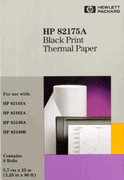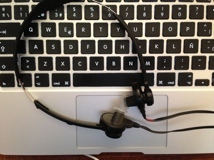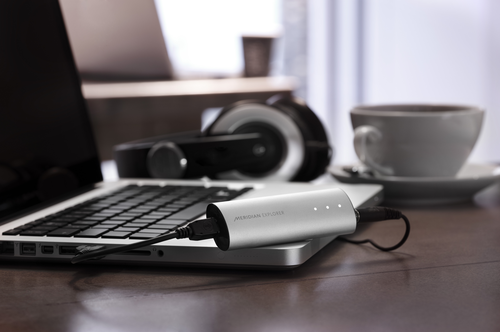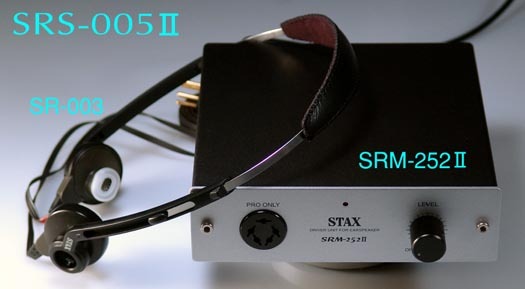Calculator Types Calculator blog
Calculator blog
Musings and comments about our common interest
More about Prime
Here you have: as appetizer, a small video of the newest HP calculator: Prime.
There are several very interesting capabilities, some never seen in a HP calculator:
- 3.5 inches colour multitouch screen
- Much better screen resolution than the HP50g
- Lithium battery
- click and rotate big keys
- double wide Enter key (this seemed to be a worldwide desire of HP users)
- RPN and algebraic modes for calculations
- Same basic-flavour programming language as the HP39gII - absence of RPL.
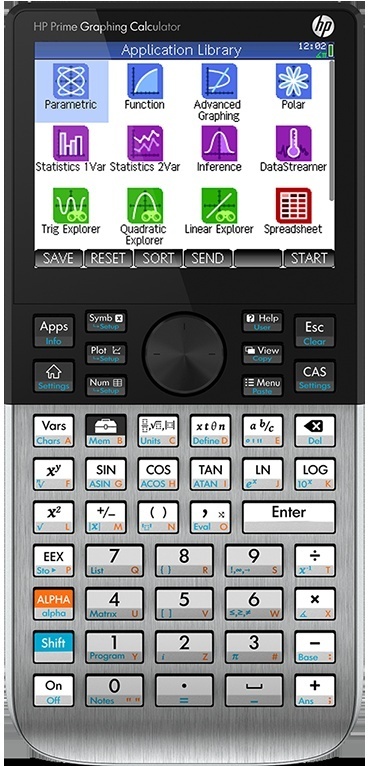
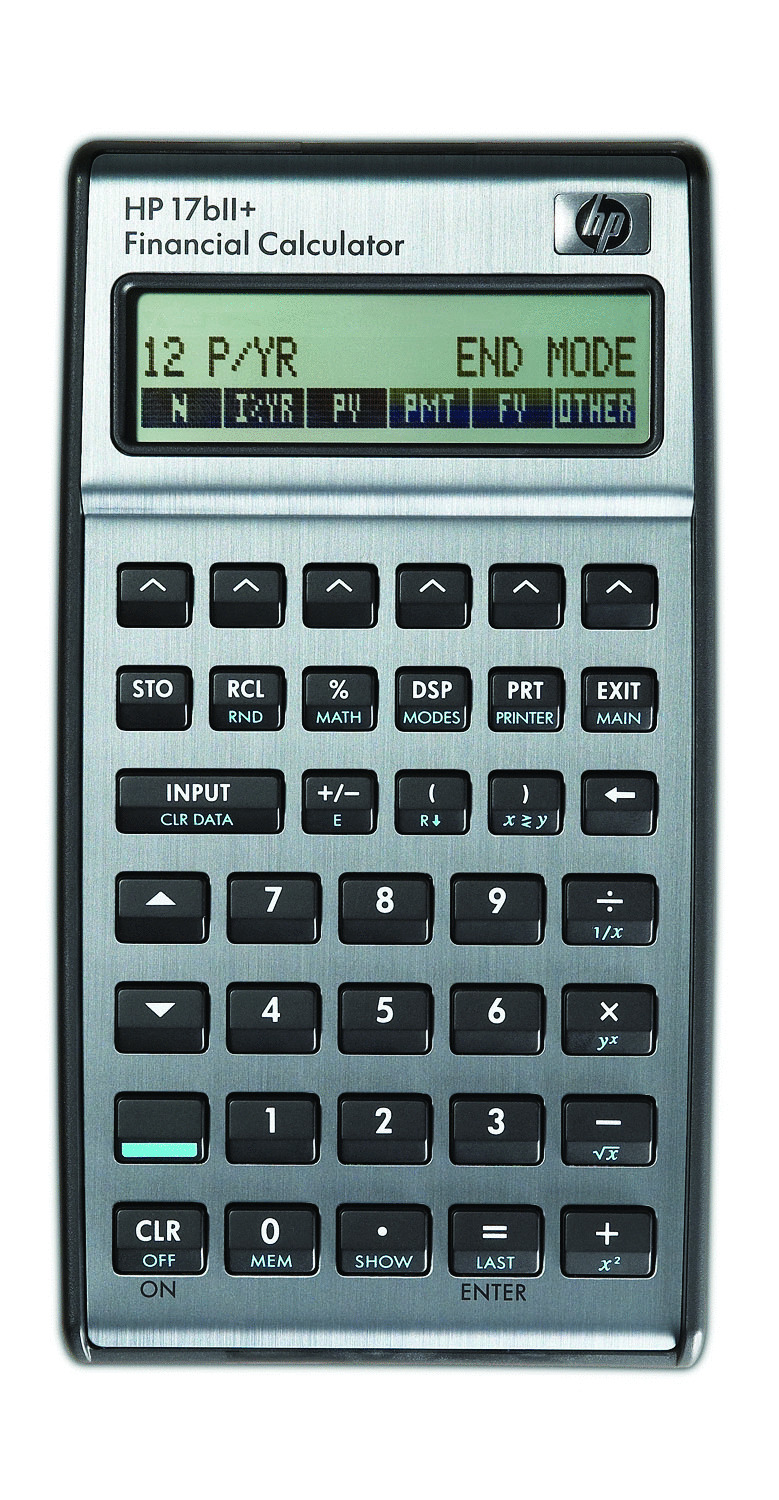
Prime
Prime?
I am not talking about the Sandmath function that tells you whether a given number is prime or not. Sandmath is a fixed module in my HP 41cl configuration, but I prefer to use PFCT (prime factorization): you get the answer AND the factors. There are numbers that are prime, others ’nearly prime’ and others less so. But I repeat, I am not talking about this.
I am talking about the impending presentation of a new graphical calculator. It will be done this week, more specifically on April 18, but it’ll be available for us Europeans from September on. I hope to get samples ASAP, justo to give the information to you all.
For one thing, this calc will have colour! And we’re not referring now to the ugly colour sets of the 48g family, or the still uglier 30s colour schemes, but screen colour!
As soon as I get pictures and presentations, I will post it in this blog.

HP-IB vintage Lab
A 23 years old lab
Recently I have put together an HP-IB based lab. It consists of a HP-3478A multimeter, a 54510A HP-IB oscilloscope, a HP-85 computer, a 2225A printer and a 7475A plotter. All can be connected together, and the network works in its extreme simplicity. You just hard-code the addresses, send the proper instructions and you're done!
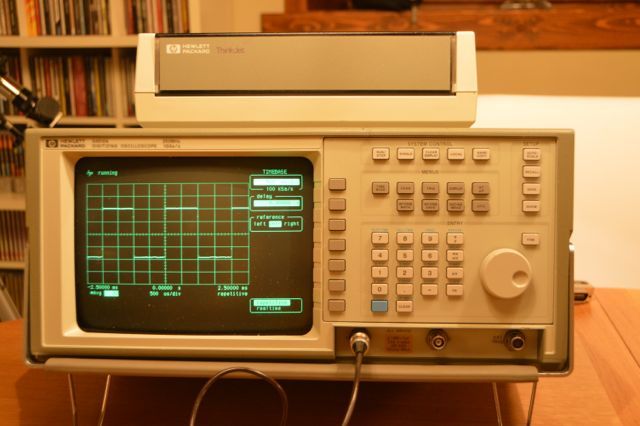
In reality, you’re working at a much lower abstraction level than in current electronics -and at much lower speeds as well. However, it does the job properly.
Regarding the oscilloscope, it was very easy to learn it - even without looking at the manual. The menus were very self-explaining, and it took very short time to get it to work. A little fiddling with the IP addresses in the back of the printer and plotter, and you were printing (better - plotting!) the screen results.
As I have both the HP2225A printer and the 7475A Pen Plotter, I plan to do it next week. So far, it involves taking them out from storage amd setting them up - I have not gotten around to set up the lab bench yet.
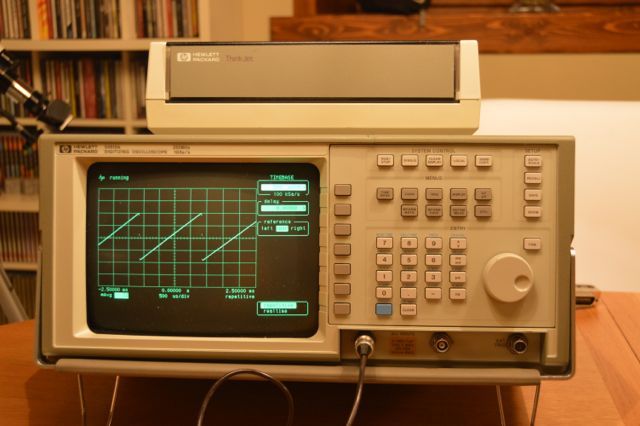
As a consequence, I will put on sale my trusty HP 1720 analog oscilloscope. While one is 40 years old and the other “only” 20, the difference can be seen easily. You will see it soon in these pages.
The printer is a surprising thing. You can still find current ink replacements - and that for something that is close to 30 years old! While the technology seems crude, I would like that all current printers be produced with the solidity and quality of the HP 2225A (there’s a B coming as well - B stands for HP-IL interface, as opposed to HP-IB)
I am now using it to test different Audirvana settings for different waveforms. This will be the object of a blog in our sister website, www.theportableaudiostore.com. We are testing it with the Meridian Explorer set to different bit depths and sampling frequencies. Of course, being simple waveforms, subjective audio measures cannot be drawn from it
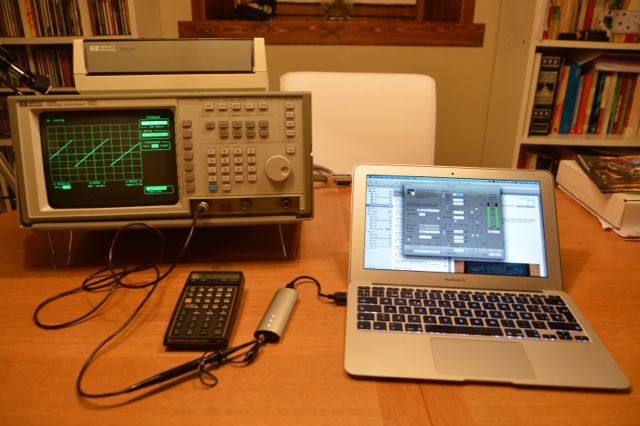
HP original Thermal Printer paper
We have found a stock of HP original thermal printer paper. It is valid for all HP thermal printers, from the HP-91 to HP-97, going through the diverse HP-41 familyy (the IL printer and the 82143a printer), and finally, the current HP82240a/b infrared printers.
You would not believe the difference it makes over the original blue thermal paper that came with most of the above printers, except the last ones. There is much more contrast. What you accepted as good printout will not be acceptable from now on.
We have been told as well that the prints last much more than the original rolls. This is an additional advantage for those that want to keep record of their calculations together with their job.
You can find it here.
HP15c and HP41CL
Back at their heyday, there were those that bought the HP 41c because it was the ultimate calculator, only to discover that the cheaper HP 15c had many more functions, and more conveniently located in the keyboard. Some things that the plain HP 41c did not have:
-matrix algebra
-complex numbers
-extended factorial (gamma function)
-solve
-integral
-...
The user of the hp41c could lie to himself “I can have all that if I buy the right modules”, but that would be an enormous money outlay. It must be said that the advantage module provided most of that missing functionality, but it was never as well integrated as it was on the 15c.

both competitors face to face. Forgive the picture quality!
For example, the complete 4-level complex stack in the 15c; or how well integrated were the matrix functions and the “user” mode to automatically change the pointer for matrix data entry; or the clever use of the permutations and combinations keys for matrix transformations. It really was a clever and elegant device, and still is: more than 25.000 units of the new version have been sold since September 2011.
The only two things where the hp41c always got the upper hand was in alpha capabilities and connectivity. (In fact, it can be argued that it has never been bettered in that area, the USB connection of the 50g family being a poor shadow of the many modules and printers that the HP 41c could drive).
30 years later, the HP 41c user got vindicated - finally. With the “CL” module, you have access to all the functions ever created for the HP 41c in the different modules - all at the same time.
My preferred current set-up (that is good for my work and my hobbies at the same time) is Advantage pack, Sandmath module (latest version) and HP 41Z module (the Z module has a much better complex support than the advantage pac, in my humble opinion - thanks Angel Martín!). With it, I can say I have let the HP15c behind. But it has taken ages and effort!
More musings on the HP 41CL
I go on playing with my HP 41cl. I was today making use of the different functions of the Sandmath module. (For the time being, I have entered the advantage PAC and the Sandmath module only. I have been using the advantage PAC for a long time and I know what’s in it; but the Sandmath is completely new for me)
In my ignorance, and having entered the latest Sandmath version, I did not read that I needed to install first the Library #4. That took me some time to find out. Once I sorted it out, I started using the number theory functions.
My elder son (9) is now learning how to factor a number in prime factors. It was nice to teach him the PRIME? and PFCT functions, so he sees that calcs have other uses apart from mere number crunching. He wanted to take it to class! He will be able to do the minimum common multiple and maximum common divisor too- that’s for next term though.
I have not made a speed comparison between the HP 15c and the HP 41cl. I will probably do it this week end (I have already ported all my 15c programs to the 41cl. I was able to make some improvements, using the additional functions of the ’cl). The more time consuming is my implementation of the IRR, using the advantage pac’s SOLVE function. For a 10 year calculation, it was taking a couple of minutes with the original calculator, and 5-10 seconds with the new one. Let’s see.
(For the to-do list: I want to browse through the multiple modules, to see which programs may be of use for me or my son. Incidentally, I will be reminded of how the world has progressed since the 41c launch.for example,the astro module tells the situation of a number of astronomy objects; same tasks can be achieved with one of the multiple apps for iPad, in graphical form, faster and more conveniently. Sorry for the digression)
HP 41CL - offer
HP 41CL: the last development of the best calculator ever!
|
These days I am like a child with a new toy. I am using the HP 41cl designed by Monte Darymple. It consists of a small circuit that substitutes the processor board in a Fullnut HP 41c. In later production, the twin circuit arrangement was superseded by a single circuit that contained all electronics. These latter 41s cannot be upgraded to CL status.
Some of you have been using the HP-41c/cv/cx in your past. You probably remember it as an engineering feat: it really was a computer in your hands. It could interface with the world: printers, reading wands, card readers, multimeters, and, above all, a world of software loaded in the ROM modules that were sold by HP or third parties. You probably lusted after the calculator at the beginning, and once you had it, you lusted after the peripherals, and the ROM and RAM modules. Such modules now reach outrageous prices in EBay and other auction websites.
No more! Based on a humble Fullnut HP-41c, modified with Monte’s circuit, you have access to nearly all the available modules. It comes with all the RAM the system can manage, and with ROM modules that can be plugged at will in any port (with some incompatibilities that existed as well in the original). What’s more, you can still plug physical peripherals, like HP-IL, printers, infrared modules and others. And everything, at a selectable speed up to 50 times faster than the original! The only thing you may need to have a complete system is the time module (the CL module provides the ROM with all the functions, but not the timer circuitry). I am now looking for one (since I much prefer my CL to my CX)
As the mod is quite simple, I would invite you to try it for yourself. I promise you it will revive your ’41c and make you forget your newer calculators.
If you do not dare to try surgery with your loved calc, we offer to do the mod for you, for 379 € (module, VAT and import duties included). We can provide a complete calculator, assembled and tested, for 500 €. We can supply pictures of the “donor” on demand.
There are additional options, like serial interface, that you may see in the web page.
These days I am like a child with a new toy. I am using the HP 41cl designed by Monte Dalrymple. It consists of a small circuit that substitutes the processor board in a Fullnut HP 41c. (In later production, the twin circuit arrangement was superseded by a single circuit that contained all electronics. These latter 41s cannot be upgraded to CL status.)
Some of you have been using the HP-41c/cv/cx in your past. You probably remember it as an engineering feat: it really was a computer in your hands. It could interface with the world: printers, reading wands, card readers, multimeters, and, above all, a world of software loaded in the ROM modules that were sold by HP or third parties.
You probably lusted after the calculator at the beginning, and once you had it, you lusted after the peripherals, and the ROM and RAM modules. Such modules now reach outrageous prices in EBay and other auction websites. A new calculator is born!
No more!
Based on a humble Fullnut HP-41c, modified with Monte’s circuit, you have access to nearly all the available modules. It comes with all the RAM the system can manage, and with ROM modules that can be plugged at will in any port (with some incompatibilities that existed as well in the original). What’s more, you can still plug physical peripherals, like HP-IL, printers, infrared modules and others. And everything, at a selectable speed up to 50 times faster than the original!
The only thing you may need to have a complete system is the time module (the CL module provides the ROM with all the functions, but not the timer circuitry). I am now looking for one (since I much prefer my CL to my CX)
As the mod is quite simple, I would invite you to try it for yourself. I promise you that it will revive your ’41c and make you forget your newer calculators. If you do not dare to try surgery with your loved calc, we offer to do the mod for you, for 379 € (module, VAT, assembly, testing and import duties included). We can provide a complete calculator, assembled and tested, for 500 €. We can supply pictures of the “donor” on demand. There are additional options, like serial interface, that you may see in the Systemyde web page.
I now need to leave you: for the first time, I am learning all the features of the Sandmath module, installed on virtual port 3.
Decomposition in prime factors, PFCT, from latest Sandmath module.
|
Our sister site
Our sister site: www.theportableaudiostore.com
|
This is the presentation of our new website, www.theportableaudiostore.com. My partners and I have decided to bring one of our hobbies to the fore as a company. All of us are or have been frequent traveller, and know how bad the plain computers and headphones are. We enjoy listening to music in every occasion and do not understand we should we settle for bad quality sound while we have decent rigs at home.
When you're travelling, you can't carry with you all you want. If you are travelling in your own car, you can take with you even speakers (a couple of minimonitors driven from a Tripath-derived amp with a benchmark DACPre are quite small to carry with you, and i have done this several times), but this is not what we mean when we talk about portable audio. Even full size headphones won't do in this situation. We intend to sell the best possible audio devices with emphasis on portability. We will carry amps, DACs, and headphones that you can take with you in your next flight, without having to check in your baggage!
Our best offerings in this area are the Meridian Explorer and Audioquest Dragonfly USB DACs. These are game changers, that compete with standalone Digital to Analogic Converters (DACs) in the 1000 € segment. Being asynchronous USB implementations, both of them draw circles around the basic DACs in you portable computer. Join these to a couple of Shure 535 earphones and forget about the world around. It also brings 35 dB of isolation that will make you forget you're flying with 4 engines over the Atlantic.
We happen to be lovers of electrostatic sound, so you will see a penchant for this technnology in our pages. Stax is one of our brand idols, and with the new ownership we will see some interesting things - beginning with the brand new _portables_ SRS-002 and SRS-005.
We will spend time explaining the many questions around portable digital audio, too. You're welcome! |
The HP41CL - our first conversion
Just received the hp41cl pack. I have several Calculator donors that will fit the bill.
The package presentation is excellent! I ordered the main board, the serial interface and the serial cable. All were independently packed, the main board in anti static folder; and everything well protected in bubble wrap.
I plan to assemble it this afternoon. I palm to offer this as a service to our customers. It happens that I have some suitable calculators to modify, so I will offer them as pack too.
___
I have finally assembled it. It worked from the first time! I used a CV calculator that had good screen and keyboard but that had been severely damaged and repaired in the past. I figured that it would be better to test it with the worse calculator. Lets then try to upgrade one of my better ones.
Here are a couple of pictures.
A new calculator is born!
Fuller view of the birth of the HP41CL

The kit comes even with proper labeling that substitutes the original:

The speed is fantastic! I have put mine on Turbo50 (50 times faster than the original) and it really improves the speed.
I have included the serial interface. So far I have no need to include any more images (that’s what the serial interface is for). I have put the infrared printer module, and it worked the first time. I need to locate now a time module (does anyone have a spare one?), and I will leave the remaining slot for my HP-Il interface (in order to connect my HP-3468A multimeter). I guess that I will have then a quite complete device! (I am missing the timer functions that I have with my HP41cx - it really helps when you want to take multimeter measures at given times - it cannot be a match of a humble iPhone when it comes to convenience for anything else)
So far I have only included the Advantage module in slot 2. First I tried to do it in slot one but then I destroyed the additional memory management functions. I had to reinstall them again!
Please look at it running the TVM program of the Advantage pac:

And here, printing with the infrared module in slot 4:

I am offering it as a service (you supply the calculator and we upgrade it), or supplying a complete calculator (we do supply a suitable HP41c calculator, already upgraded to CL level, and initialized)
More on the HP97 - 2 for sale
During this week end I will put on sale a couple of wonderful, fully restored HP 97. Tomorrow I will be able to take some pictures in daylight, and probably will use some to illustrate this blog issue. But now I wanted to talk about old HP user manuals.
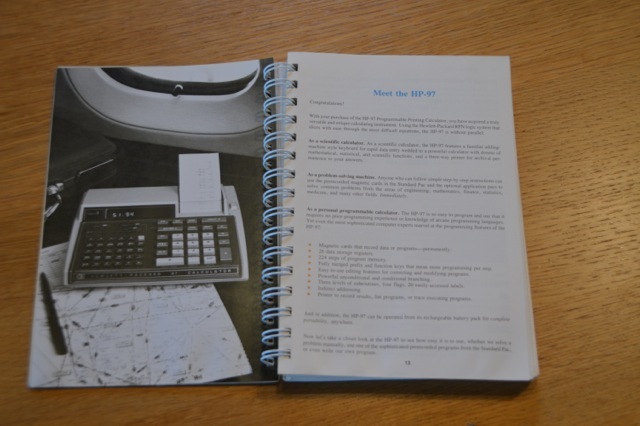
I am now referring to the one of the HP 97. The impression of quality it oozes brings me back to my youth, when I was reading these manuals in awe. At that time, I was at the Spanish school equivalent of year 7, and many of the examples used were as new for me as the calculator itself. I saw the pictures, like this one: a hp97 being used on the table of a business aircraft. (Apparently, what can be seen below the calculator is a flight chart, but more expert people in our hobby with flight experience may give more information about it). It really managed to make the calculator desirable.
When you look at today's calculators, from the blister packaging to the small user manuals (always making reference to the “big” user manual in the CD), you see commoditization at work. And you cannot escape thinking that in some respects, past was better.
(I cannot avoid remembering a discussion in a calculator related forum, where an old timer was speaking fondly about his experiences with slide rules. At that time, someone said “I wonder how could you do any useful thing with that technology, where the old man replied “well, with this technology we managed to go to the moon. Where have you gone with yours?”)
Back to the manuals. 295 pages with 4 different colors; detailed explanations for all operations from the very beginning, with key drawings instead of the ugly boxes seen in modern HP manuals (and rom other brands too).
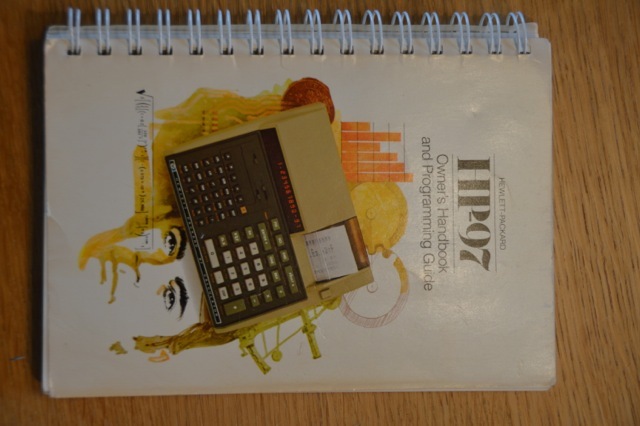
The calculator came as well with the Standard Pac, with 15 different programs pre-recorded in magnetic tape. You wonder now if anything of real use could be done with just 228 programming steps (as opposed to many megabytes any small program has now. My iPad has some games that occupy close to 2 Gigabytes - we’re talking seven orders of magnitude factor!). Well - there were some very useful things at could be done with that small memory.
As the machine did not have permanent memory, you had to use a lot the supplied magnetic cards. All programs should be stored there, lest you want to key them in all time, or keep the machine running the whole day!
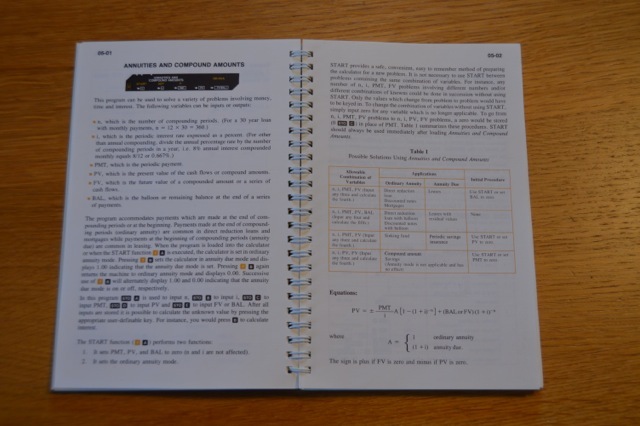
The manual starts with a detailed quick guide to all important functions, and then follows with several examples to show you how simple to operate the device is; and then it comes into part one: “Using your HP 97 calculator”. It comes then showing all topics in great detail. The clarity is awesome; even more so than that of the HP-41. (To date, the best manuals I have ever seen corresponds to the HP 85). There are problems at the end of each chapter. I remember seeing these when I was a child, and trying to solve some. Fortunately, they were easy - probably this led me the engineering way.
I do not have the original magnetic cards corresponding to the standard pac (or to any other, for that matter…), but in the Standard Pac manual all programs are listed, and I just have to write them in brand new magnetic cards. It’s only that they will never be as sexy as the original dark green were.
Despite the fact that many of us think that the HP41c was the peak of the old HP, it is clear for me that, in manuals, the peak had been reached several years ago.
I wanted just to quote the two sentences written at the beginning of the manual:
“The success and prosperity of our company will be assured only if we offer our customers superior products that fill real needs and provide lasting value, and that are supported by a wide variety of useful services, both before and after sale” (Statement of Corporate Objectives - Hewlett-Packard)
“Since we introduced our first scientific calculator in 1967, we’ve sold over a million worldwide, both pocket and desktop models. Their owners include Nobel laureates, astronauts, mountain climbers, businessmen, doctors, students and housewives.
Each of our calculators is precision crafted and designed to solve the problems its owner can expect to encounter through a working lifetime.
HP Calculators fill real needs. And they provide lasting value”
Humbling, isn’t it?




